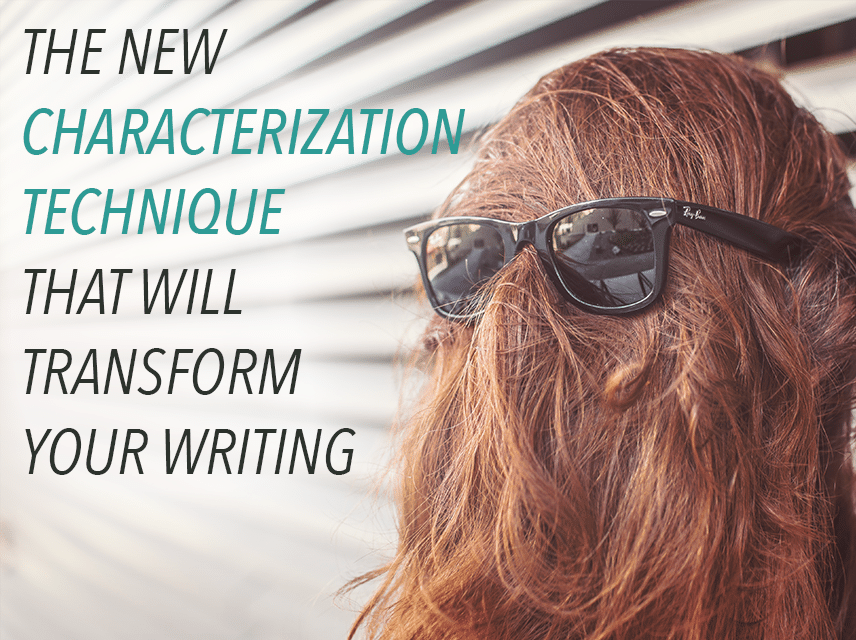
by Kellie McGann |
Characterization is one of the most important aspects of writing good fiction. Characterization is what gives authors the power to sway their readers. It’s how you get your reader to fall in love with—or despise—the characters in your book.
Let’s look at a characterization strategy that will pique your readers’ curiosity. I call it the Eyepatch Technique.
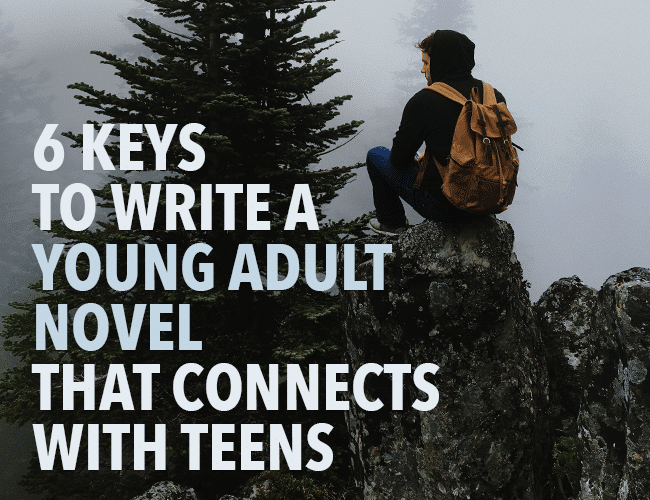
by Guest Blogger |
Writing a novel that appeals to a younger audience takes a certain amount of finesse – especially if you are no longer in that age bracket! It is not easy to venture into the minds of young adults and, essentially, “relive” your own past.
Let’s have a look at six essential tips from published authors when it comes to writing YA novels.
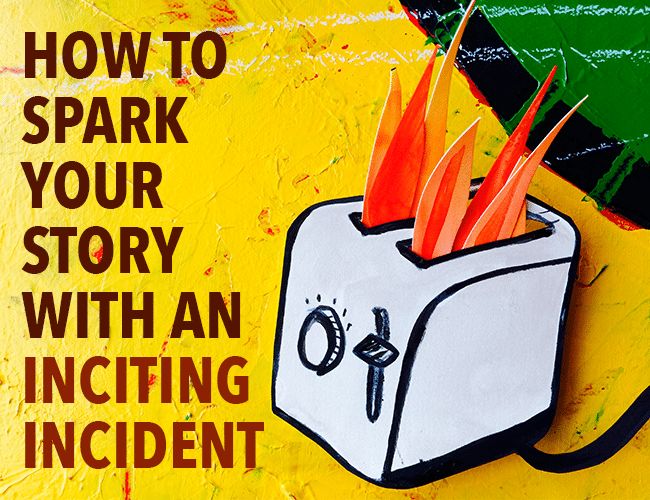
by Pamela Fernuik |
If you are planning on writing a story, there is something you need to consider besides basic plot structure. You need to determine your Inciting Incident.
What incident will compel your protagonist to act, prompting them to move through a meaningful story?
Let’s take a look at what an inciting incident is and how to write one.
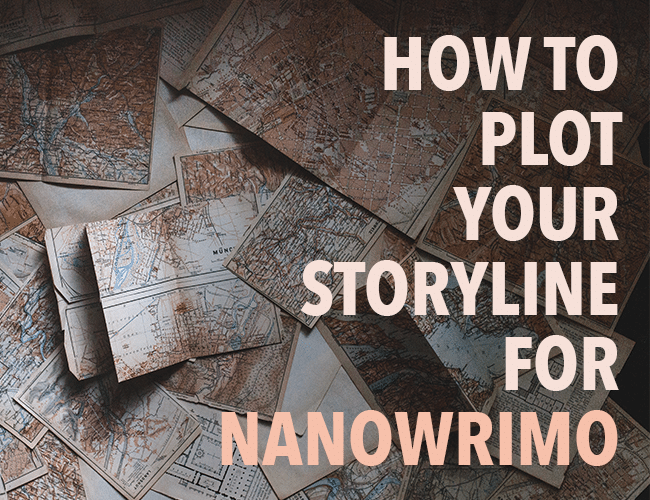
by Jeff Elkins |
The first time I took up the NaNoWriMo challenge, I lost my first two days staring at a blank scene. I’d write a paragraph and then delete it. I’d get a couple sentences into a chapter and then change my mind. My writing was a disappointing mess.
By the third day, I was already so far behind my goal, I realized I was never going to catch up. I stuck it out for two more weeks, but then, discouraged and frustrated, I quit.
The second time I tried the NaNoWriMo challenge, my experience was different.
One preparation secret made all the difference in helping me start off on the right foot and actually finish my book.
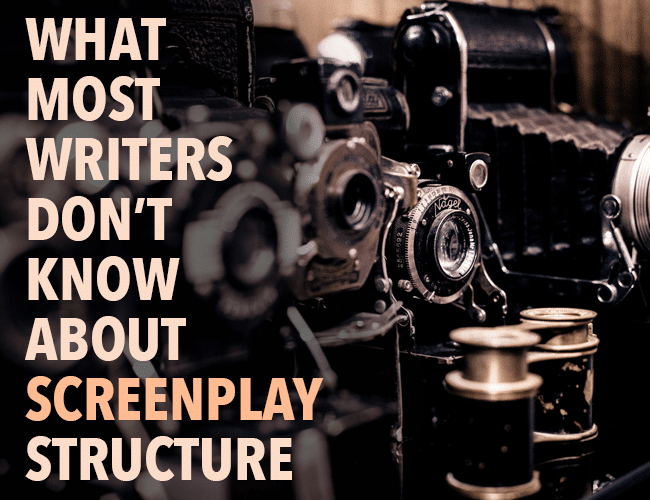
by Guest Blogger |
Do you struggle with screenplay structure? Especially sustaining momentum in that long second act?
When learning how to write a script, writers are overwhelmingly taught that screenplay structure is all about three acts. The problem with this three act formula, however, is that it often leads to writers running out of steam in act two as they try to fill it with “conflict.” This means act two becomes a series of disconnected events that aren’t really connected and seem to exist just for the sake of “things happening.”
This happens when screenwriters focus too much on traditional three act structure and ignore the building blocks underneath each act—sequences.
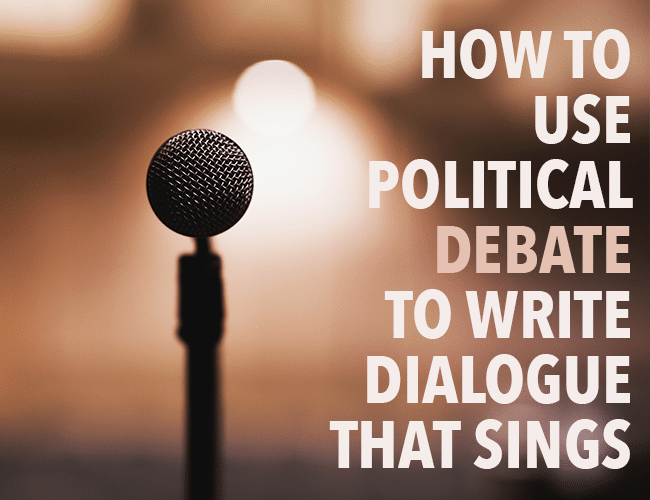
by Jeff Elkins |
If you live in the United States, there is a good chance your television was tuned in to the Presidential debate on Sunday night.
Regardless of your politics, the conversation likely brought a cocktail of anxiety and frustration mixed with joy and elation. At one second you felt the warmth brought by the anticipation of victory and then, suddenly, the dull pain of possible defeat.
As writers, these are the emotions we want readers to experience when they engage in our stories. We want them to become as emotionally invested as they do with a political debate.
Today, rather than focusing on who won or lost the actual debate, let’s use what we watched as inspiration for our writing.





